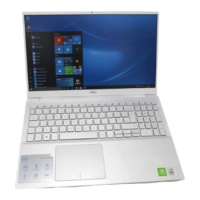Table 13. System setup options—POST Behavior menu
POST Behavior
Enable Adapter Warnings Enables the computer to display adapter warning messages during boot.
Default: ON
Fastboot Configures the speed of the UEFI boot process.
Default: Thorough. Performs complete hardware and configuration initialization during
boot.
Extend BIOS POST Time Configures the BIOS POST (Power-On Self-Test) load time.
Default: 0 seconds
Full Screen Logo Enabled or disabled the computer to display full screen logo if the image match
screen resolution.
Default: OFF
Numlock Enable
Numlock Enable Enables or disables Numlock when the computer boots.
Default: ON
Fn Lock Enables or disables the Fn lock mode.
Default: ON
Lock Mode
Default: Lock Mode Secondary. Lock Mode Secondary = If this option is selected, the
F1-F12 keys scan the code for their secondary functions.
Warnings and Errors Selects an action on encountering a warning or error during boot.
Default: Prompt on Warnings and Errors. Stop, prompt and wait for user input when
warnings or errors are detected.
NOTE: Errors deemed critical to the operation of the computer hardware
will always halt the computer.
Table 14. System setup options—Virtualization menu
Virtualization
Intel Virtualization Technology
Enable Intel Virtualization Technology (VT) Enables or disables the computer to run a virtual machine monitor (VMM).
Default: ON
VT for Direct I/O Enables the computer to perform Virtualization Technology for Direct I/O (VT-d).
VT-d is an Intel method that provides virtualization for memory map I/O.
Default: ON
Table 15. System setup options—Maintenance menu
Maintenance
Asset Tag
Asset Tag Creates a system Asset Tag that can be used by an IT administrator to uniquely
identify a particular system. Once set in BIOS, the Asset Tag cannot be changed.
Service Tag Displays the Service Tag of the computer.
System setup 73

